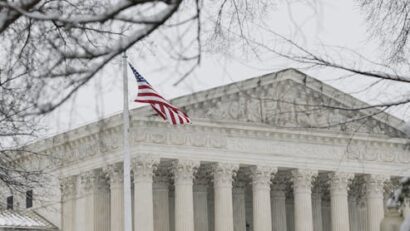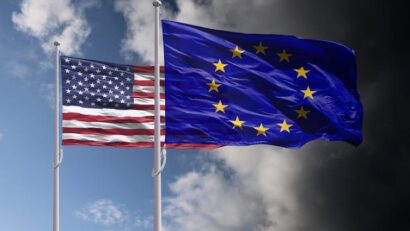
How a lone judge can block a Trump order nationwide – and why, from DACA to DOGE, this judicial check on presidents’ power is shaping how the government works
The Trump administration has asked the Supreme Court to limit judges’ power to issue what legal experts call ’nationwide preliminary Läs mer…




